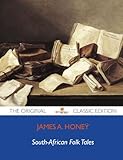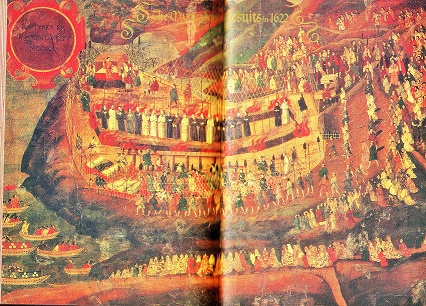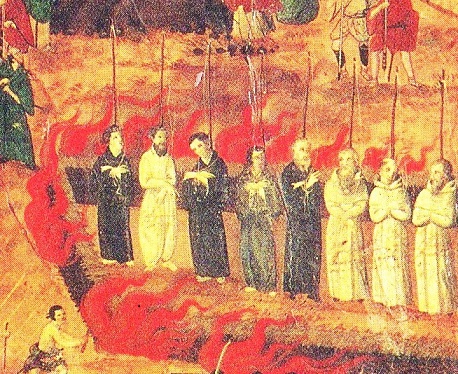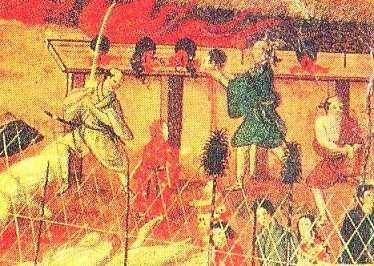(487) Lion and Baboon 2 [調べる]
Lion and Baboon 2
Question:
Why had the baboon fixed some plates, round glistening plates, on the back of his head?
.jpg)
Answer:
This was the Hottentot way of depicting the hindward image of the baboon.
Thoth

Pic. Thoth ibis
Thoth (/ˈθoʊθ/ or /ˈtoʊt/; from Greek Θώθ thṓth; derived from Egyptian ḏḥw.ty) was one of the deities of the Egyptian pantheon. In art, he was often depicted as a man with the head of an ibis or a baboon, animals sacred to him.

pic. Thoth baboon
He also appears as a dog-faced baboon or a man with the head of a baboon when he is A'an (Aan baboon), the god of equilibrium.
Lion and baboon

Pic. Lion and baboon
The AAN baboon was the type of the moon in the hind-quarter of the heaven, and imaged the hiderward phase or face of the moon, and in one of these fables it is narrated how the baboon once worked bamboos, sitting on the edge of a precipice. Up came the lion to steal upon the baboon. But the baboon had fixed some plates, round glistening plates, on the back of his head. Seeing these dazzling plates the lion supposed they were the face and eyes of the animal. So that when the baboon turned round to look, the lion thought that the real face was the hindward part. This gave the baboon the advantage; he could watch the lion advance, and when the lion made his leap, the ape bent forward, and the lion went over both the baboon and precipice.
--------A Book of the Beginnings
XXIII Roots IN AFRICA BEYOND EGYPT
*
(486) Lion and Baboon [読書感想]
Baboon is much smarter than Lion.

(486) Lion and Baboon
BABOON, it is said, once worked bamboos1), sitting on the edge of a precipice2), and Lion stole upon3) him. Baboon, however, had fixed 4) some round, glistening5), eyelike plates on the back of his head. When, therefore, Lion crept upon6) him, he thought, when Baboon was looking at him, that he sat with his back towards him, and crept with all his might7) upon him. When, however, Baboon turned his back towards him, Lion thought that he was seen, and bid himself8). Thus, when Baboon looked at him, he crept upon him.1 When he was near him Baboon looked up, and Lion continued to creep upon him. Baboon said [aside], "Whilst I am looking at him he steals upon me, whilst9) my hollow eyes are on him."
When at last Lion sprung at him, he lay [quickly] down upon his face, and Lion jumped over him, falling down the precipice, and was dashed to pieces10).
Footnotes
1. Whilst Baboon did this, Lion came close upon him.
The text came from:
Honey, James A.

South-African Folk Tales - The Original Classic Edition
- 作者: James A. Honey
- 出版社/メーカー: tebbo
- 発売日: 2012/03/26
- メディア: ペーパーバック
. New York: Baker & Taylor Company, 1910.
http://www.surlalunefairytales.com/books/africa/honey/lionbaboon.html
=======================================================(1) work [wˈɚːk]: Verb. Shape, form, or improve a material. "Work the metal"
(2) precipice [présəpɪs]: Noun. A very steep cliff.
(3) steal up on: to sneak up on someone or something. We will steal up on Tony and give him a scare. The fox stole up on the hen and grabbed it.
(4) fix [fíks]: Cause to be firmly attached.
(5) glistening [ɡlɪ́sənɪŋ]: Adjective. Reflecting light. "Shining white enamel"
(6) creep up on [kríːp]: Verb. Advance stealthily or unnoticed. "Age creeps up on you"
(7) with all (one’s) might: Utilizing all of one's power and strength to do something. "I pulled at the rope with all my might, but we still lost the tug-of-war." "I swear, your dog pulls at these toys with all his might. He'll drag us through the yard one day! "
(8) bid oneself: ?
(9) whilst [(h)wὰɪlst]: while
(10) dash [dˈæʃ]: Verb. Break into pieces, as by striking or knocking over. "They dash the glass tubes"; "Smash a plate"
*
(485) Martyrdom 1622 [英借文]
This painting depicts the great martyrdom in Nagasaki in 1622. Over 55 Christians were killed in this tragic event.
Martyrs are not the whole of the truth of history, for sufficient consideration must also be given to the logic of their persecutors.
The Tokugawa shogunate finally decided to ban Catholicism. The reasons are said in the statement on the "Expulsion of all missionaries from Japan"「伴天連追放之文(バテレン追放の文→バテレン追放令)」, issued in 1614 under the name of second shogun Hidetada (ruled 1605-1623). It was considered the first official statement of a comprehensive control of Kirishitan. It claimed that
1. the Christians were bringing disorder to Japanese society
2. and that their followers "contravene (to break a law or rule) governmental regulations,
There were also other reasons.The shogunate was concerned about a possible invasion by the Iberian colonial powers, which had previously occurred in the New World and the Philippines.
But I am still terrified of the persecutors’ cruelness when I see this painting.

Pic. Martyrdom 1622
In this painting we see missionary priests tied to the stake, and put into a fire pit.

Pic. fire pit
Depicted at the foreground of the painting are Japanese men beheading Japanese Christians.

Pic. Beheading
The painting was painted by an eyewitness. It may have been made in Macau by an artist from the Jesuit Painting School in Japan.
*





